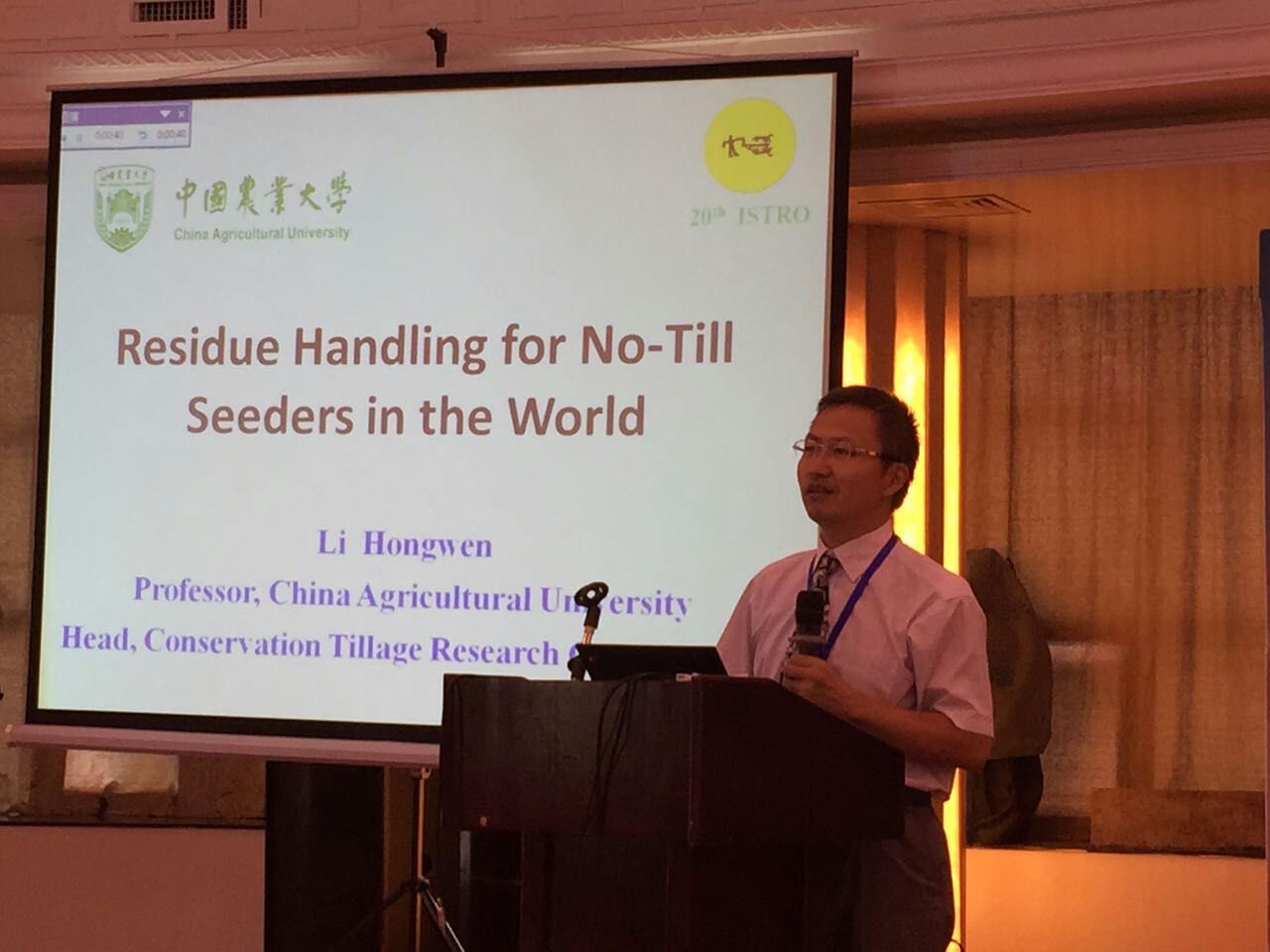Spring wheat performance and water use efficiency on permanent raised beds in arid northwest China
October 20,2015Infos:
Permanent raised beds have been proposed as a more productive and water-efficient alternative to the conventional system of flat, flood-irrigated bays for planting narrow-spaced crops in arid north-west China. Data from a field experiment (2005–2007) conducted in the Hexi Corridor at Zhangye, Gansu Province, China, were used to compared the effects of traditional tillage (TT), zero tillage (ZT), and permanent raised beds (PRB) on crop growth, yield, and water use in a spring wheat monoculture. The results show that PRB significantly (P < 0.05) increased soil water content to 0.30m depth by 7.2–10.7% and soil temperature to 0.05m depth by 0.2–0.98C during the wheat-growing period relative to TT and ZT treatments. Bulk density in 0–0.10m soil layer under PRB was also 5.8% less than for flat planting treatments. Mean wheat yields over 3 years on PRB plots were slightly greater and furrow irrigation in permanent beds was particularly effective in increasing irrigation water use efficiency (~18%), compared with TT and ZT treatments. This increase in water use efficiency is of considerable importance for these arid areas where irrigation water resources are scarce.
Featured Downloads
- Traffic and tillage effects on wheat production on the Loess Plateau of China: 2. Soil physical properties 2015-10-20
- Thoughts on developing small/medium size...... 2015-10-20
- Effects of 10 years of conservation tillage on soil properties and productivity in the farming–pastoral ecotone of Inner Mongolia, China 2015-10-20
- Design and Experiment of ф-type-knots Knotters on Chinese Small Square Balers 2015-10-20
- Conservation Agriculture in the 21st Century 2014-06-23
- Effects of 15 years of conservation tillage on soil structure and productivity of wheat cultivation in northern China 2015-10-20
